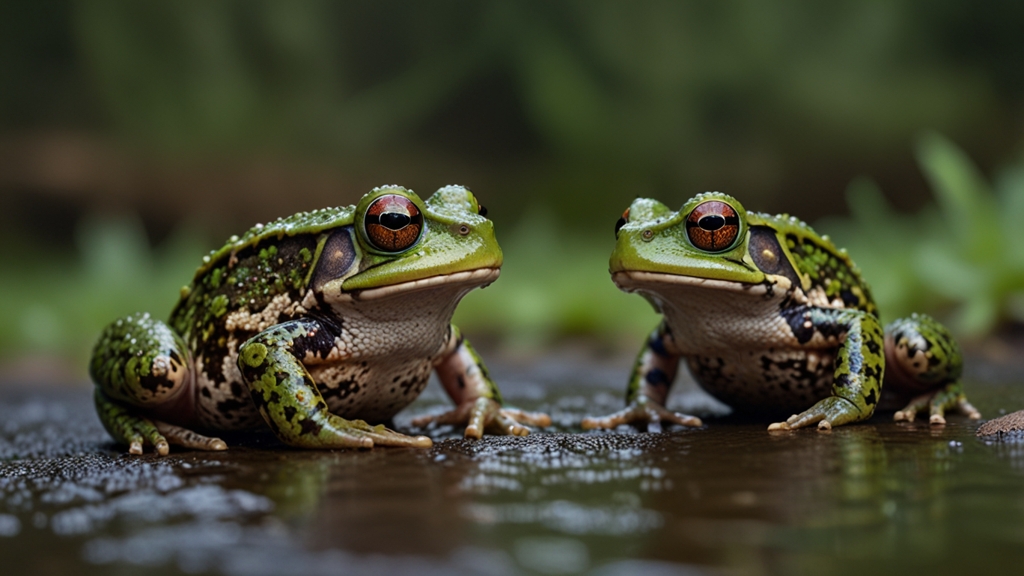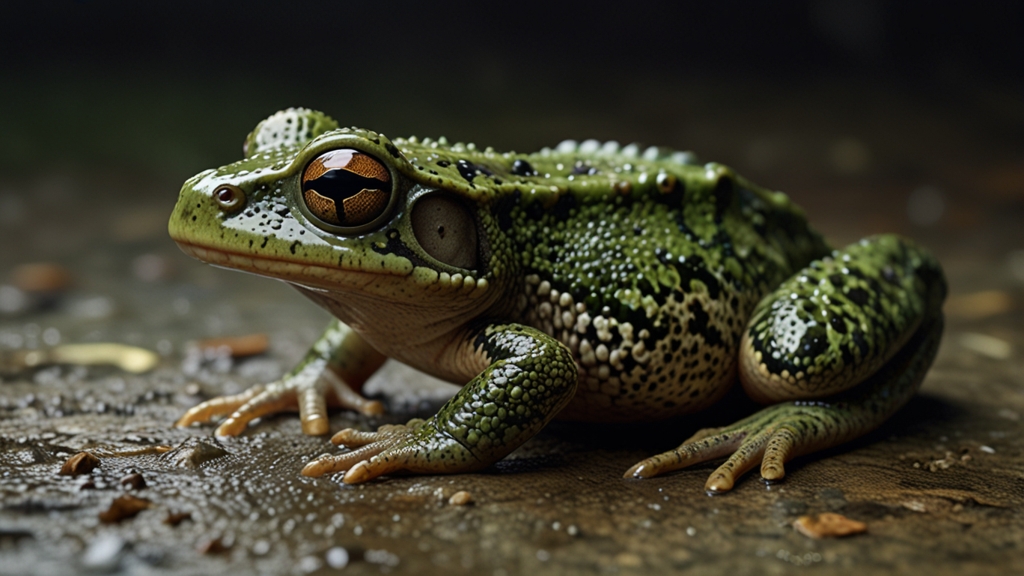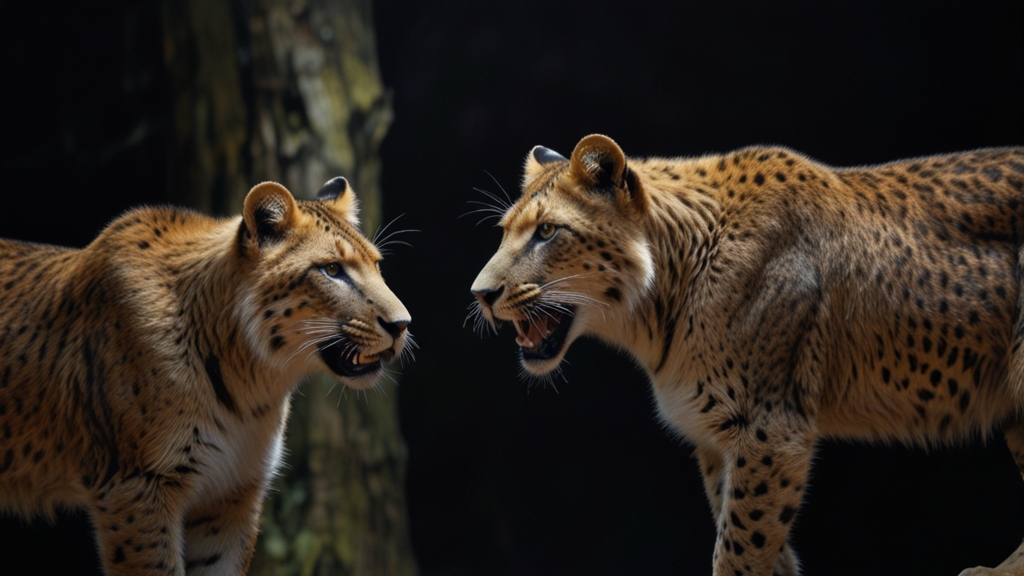The Bizarre Mating Rituals of Frogs and Toads Revealed
Frogs and toads have captivated the imaginations of humans for centuries with their diverse and often peculiar behaviors. One of the most fascinating aspects of these amphibians is their mating rituals. These vibrant and often bizarre displays of courtship can be as varied as the species themselves. From vocal serenades to intricate dances, the mating habits of frogs and toads offer a glimpse into the complexity of nature's reproductive strategies.
Vocal Serenades: The Love Songs of Frogs
One of the most well-known mating rituals of frogs involves vocalization. Male frogs typically call from their chosen breeding sites to attract female frogs. These calls can range from simple croaks to complex trills. Each species has its unique call, ensuring that males and females can find their match even in the cacophony of a wetland chorus.
“The distinctive call of the male frog not only attracts females but also serves as a territorial marker, warding off rival males.”
The vocal prowess of these amphibians is no small feat. Male frogs have specialized vocal sacs that amplify their calls, making them audible over long distances. These calls are not just a romantic gesture but a vital part of the breeding process. In some species, such as the Pacific tree frog, males gather in large groups, creating a symphony that can be heard for miles.
Amplexus: An Embrace of Life
Another intriguing mating ritual in frogs and toads is known as amplexus. This is a form of embrace where the male clasps the female to fertilize her eggs as she lays them. There are several types of amplexus, including axillary (where the male grasps the female around her armpits) and inguinal (grasping around the waist). The duration of this embrace can vary, lasting from just a few minutes to several days, depending on the species.
The process of amplexus ensures that the sperm is in close proximity to the eggs, increasing the chances of successful fertilization. This behavior is crucial for the perpetuation of the species and highlights the adaptability of these amphibians in their reproductive strategies.
Visual Displays: The Dance of the Frogs
While vocalizations and physical embraces are common, some species of frogs and toads take courtship a step further with elaborate visual displays. These can include color changes, intricate body movements, and even the inflation of their throats and bodies to appear larger and more attractive to potential mates.
“Visual displays in frogs are not just about attracting a mate; they also serve to intimidate rivals and establish dominance within a breeding territory.”
One remarkable example is the golden frog of Panama, which engages in "hand-waving" gestures to communicate with potential mates and rivals. This form of visual signaling is particularly advantageous in noisy environments where vocal communication might be less effective.
Conclusion
The mating rituals of frogs and toads are a testament to the incredible diversity and adaptability of these amphibians. From serenading calls to intricate embraces and visual displays, these behaviors underscore the lengths to which nature will go to ensure the survival of a species. Each ritual is a unique adaptation to the environmental challenges these creatures face, providing a fascinating window into the complexity of their lives.
Studying these behaviors not only enriches our understanding of amphibian biology but also highlights the importance of preserving their natural habitats. As we continue to learn more about these fascinating creatures, we gain a deeper appreciation for the intricate dance of life happening right beneath our feet.









